German pretzels are large, crispy on the outside and soft on the inside. This was an excellent and fun opportunity to incorporate Mathematics into our baking experience.
When it comes to baking, precision is everything. A slight deviation in measurements can be the difference between a soft, fluffy pretzel and a tough, dry one. This is especially true when making German pretzels, where the balance of ingredients like flour, yeast, and water is crucial to achieving that perfect combination of a chewy interior and a crisp, golden exterior.
A slight mismeasurement can impact the texture, flavour, and structure of the pretzels. Too much flour can make them dry and tough, while too little can result in a dough that's too sticky to shape. Precision in measuring ensures that every ingredient contributes exactly as it should, leading to consistently perfect results.
We added more water to make everything stick together.
Room 12 discussed how to use yeast as a raising agent. The students had to test the cup of water to make sure it was lukewarm so the yeast could react at that temperature with the sugar. Billy used a measuring cup for our flour, making sure that the flour was level and reached to the one cup line.
We also talked about how the salt and sugar are measured using specialised measuring spoons. Leah added two level teaspoons of salt to the flour.
Level means no bumps or lumps. You need to be careful of your measurements when baking otherwise they might be yucky.
Students weighed the cut up and measured soft butter. Students saw that three tablespoons was the same as 43 grams. During the kneading process the students likened it to playing with playdough.
Proofing activates the yeast in the dough and students watched the dough expand.
Next, the dough was cut to make 24 pieces. The students rolled the dough into a long sausage that they measured to be 51cm. The long dough shaped sausage had to be this long to easily make into the pretzel twist. Once all the pretzel shapes were completed the pretzels were put into the fridge for one hour (which we skip counting in 5’s to make 60 mins).
It takes twelve skip counts in five to make sixty.
After this the oven was preheated to 200 degrees celsius and a large pot was filled with water to ¾’s full. The water was brought up to boiling point. Half a cup of baking soda was added. Pretzels were cooked for 10 seconds each side using a timer. This baking soda bath enables them to develop their distinctive colour and texture.
Lastly the coarse salt was sprinkled onto the pretzels and they were cooked for 15-20 minutes. The students had to check the cooking time so they were brown on the outside and cooked right through.
Making pretzels is a rewarding experience that showcases the importance of precision in baking. By carefully measuring the ingredients you can create pretzels that are not only delicious but also have the perfect balance of chewiness and crunch.




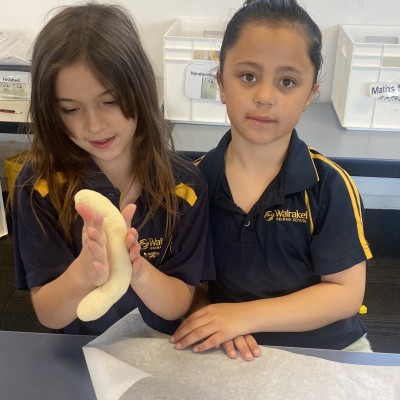

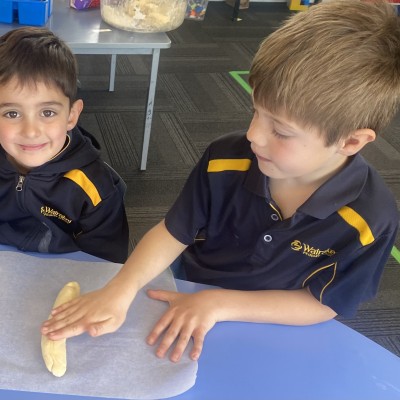
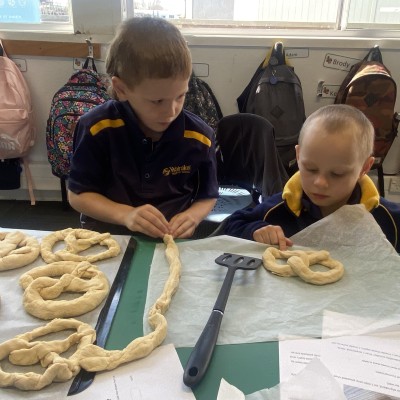
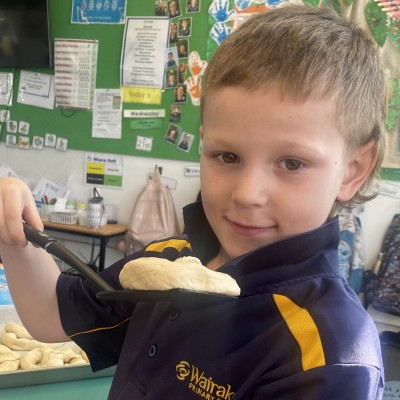

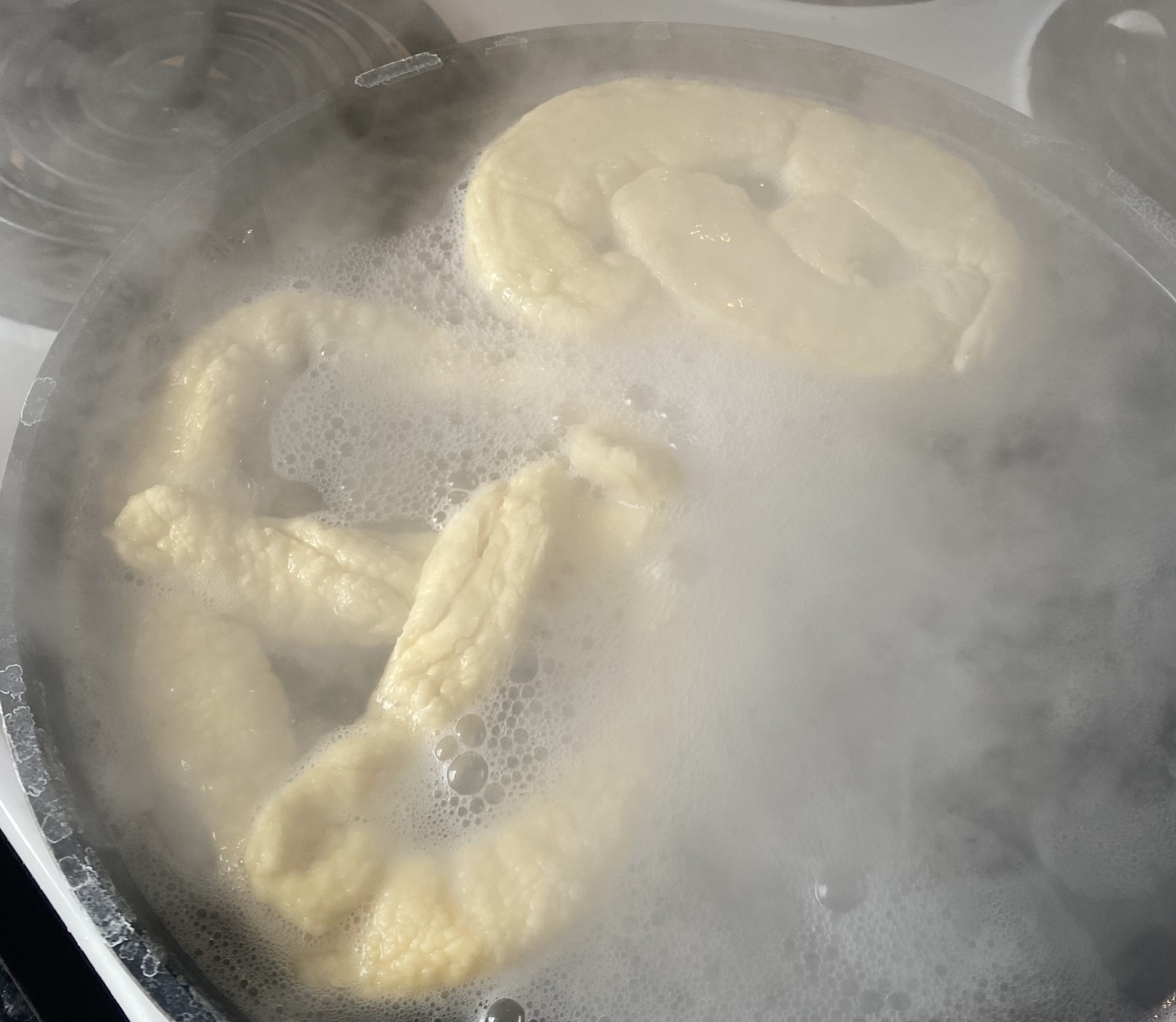
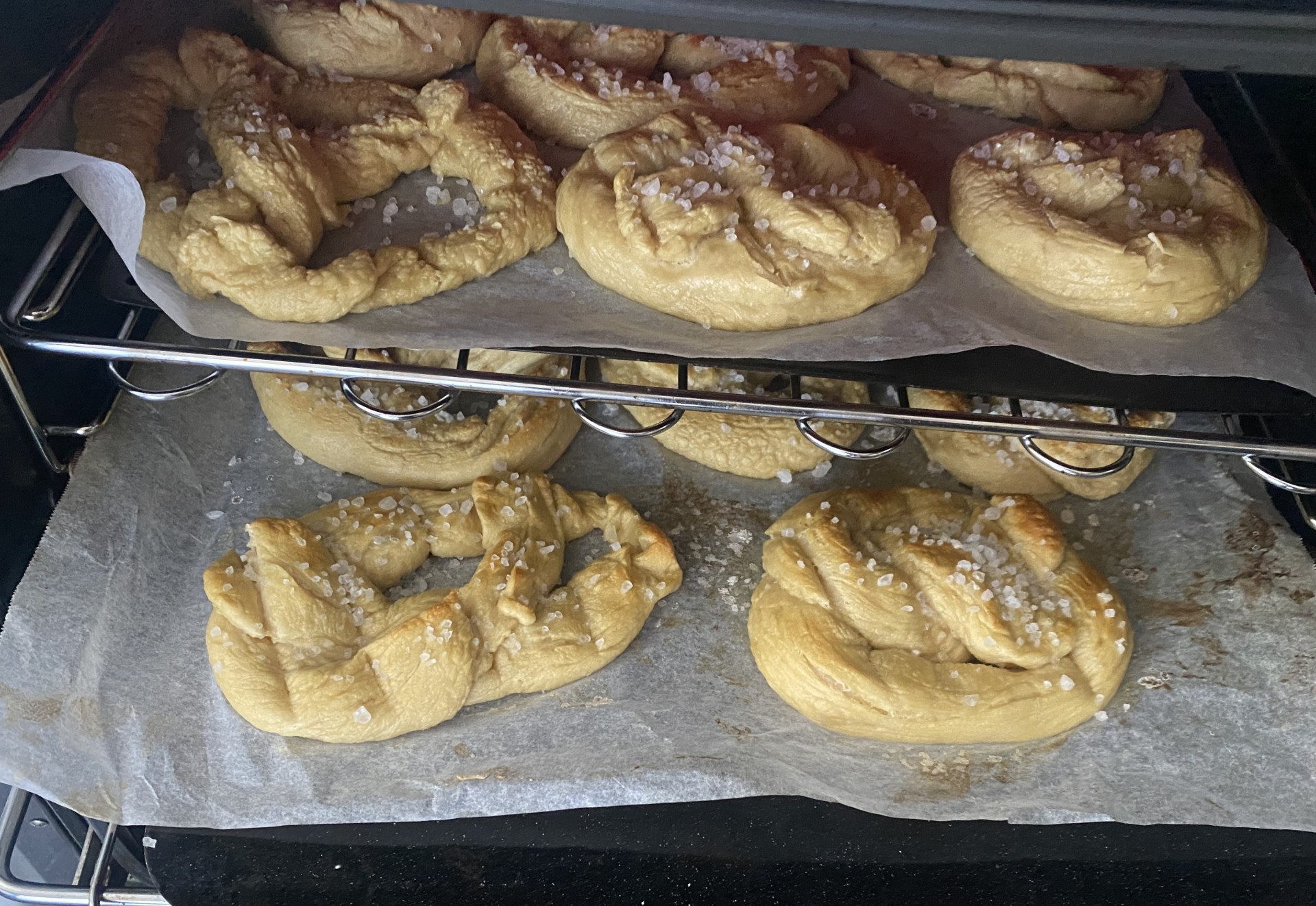
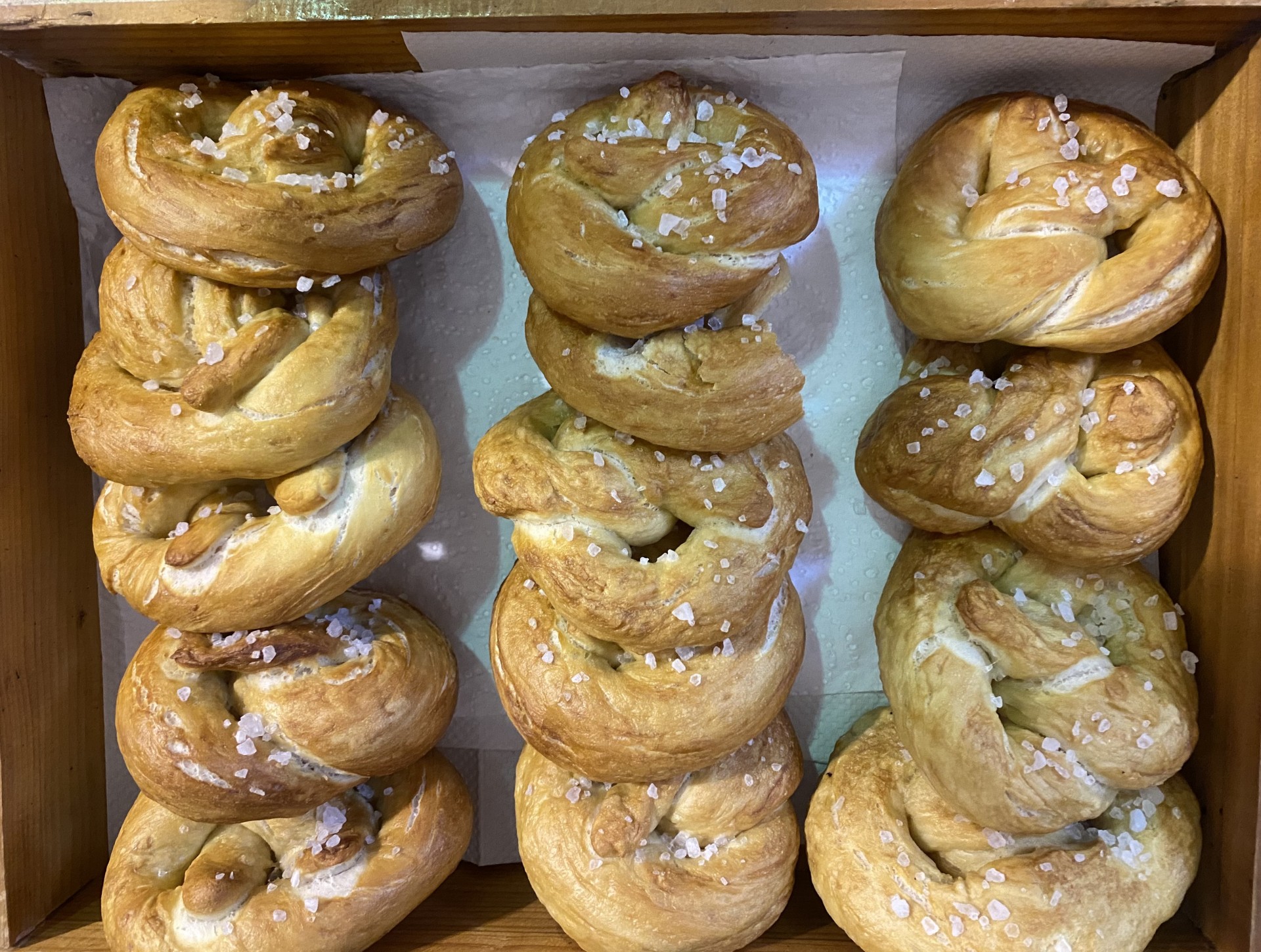

Comments
No one has commented on this post yet.